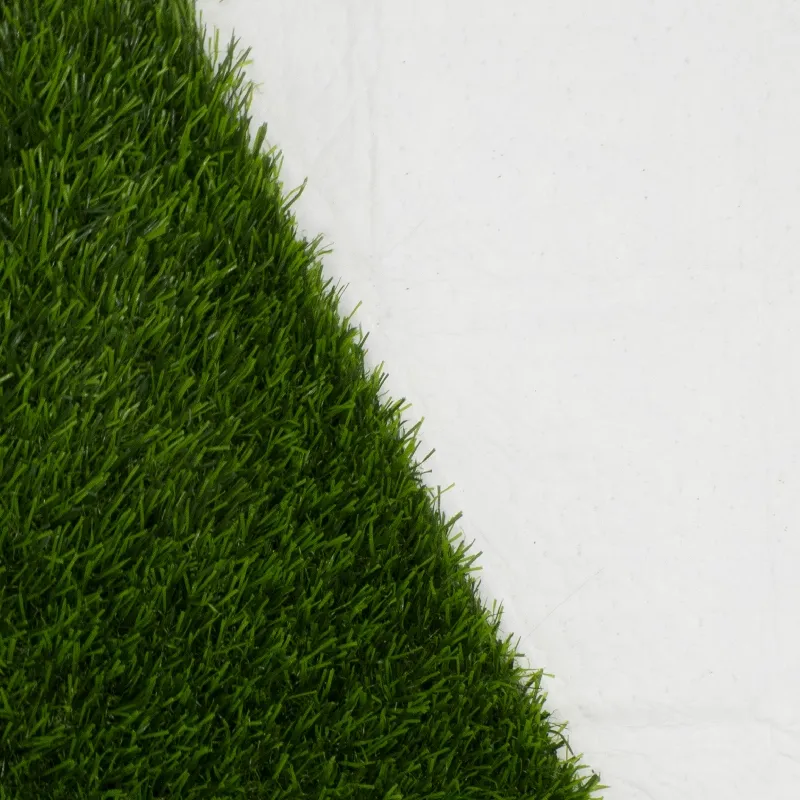
- Afrikaans
- Arabic
- Belarusian
- Bengali
- Czech
- Danish
- Dutch
- English
- Esperanto
- Estonian
- Finnish
- French
- German
- Greek
- Hindi
- Hungarian
- Icelandic
- Indonesian
- irish
- Italian
- Japanese
- kazakh
- Rwandese
- Korean
- Kyrgyz
- Lao
- Latin
- Latvian
- Malay
- Mongolian
- Myanmar
- Norwegian
- Persian
- Polish
- Portuguese
- Romanian
- Russian
- Serbian
- Spanish
- Swedish
- Tagalog
- Tajik
- Thai
- Turkish
- Turkmen
- Ukrainian
- Urdu
- Uighur
- Uzbek
- Vietnamese
artificial football pitch cost
Nov . 11, 2024 12:49 Back to list
The Cost of Artificial Football Pitches An In-Depth Analysis
In recent years, the popularity of artificial football pitches has soared. These synthetic surfaces are often praised for their durability, low maintenance, and all-weather usability, making them an attractive alternative to natural grass. However, potential buyers must consider various financial factors associated with the installation and upkeep of these pitches.
Initial Investment
The initial investment for an artificial football pitch can range significantly based on a multitude of factors, including the quality of materials, site preparation, and the size of the pitch. On average, the cost of installing a full-sized artificial football pitch can fluctuate between $800,000 and $1.5 million. High-quality turf, which mimics the feel and playing characteristics of natural grass, tends to be on the higher end of this scale.
Site preparation is another essential component affecting cost. If land needs extensive grading or drainage improvements, the expenses can escalate quickly. Moreover, additional features such as lighting for night games and fencing for security will further increase well beyond the base cost.
Maintenance Costs
While artificial turf requires less day-to-day maintenance than natural grass, it is not maintenance-free. Regular maintenance can range from $10,000 to $20,000 annually. Basic upkeep includes grooming the pitch, ensuring proper drainage, and replacing infill material, which can become compacted or washed away over time. One of the primary advantages is that artificial surfaces can be used year-round, allowing for potentially more revenue through games and training sessions.
Longevity and Durability
The lifespan of an artificial football pitch is another crucial aspect that impacts long-term costs. Most pitches are designed to last 8 to 15 years, contingent upon usage, maintenance, and the quality of materials utilized. If the pitch is well-maintained, it can offer significant value through extended usage, whereas poorly maintained surfaces may require replacement sooner, dramatically increasing overall costs.
artificial football pitch cost

Environmental Concerns
Another emerging cost consideration is the environmental impact of artificial pitches. While they require less water and eliminate the need for pesticides and fertilizers, concerns have been raised about the sustainability of the materials used in manufacturing these pitches. Some critics argue that synthetic materials can contribute to microplastic pollution, leading to additional indirect costs associated with environmental damages.
Financial Returns
Considering the costs associated with artificial pitches, the potential financial returns can offset the initial investments. Facilities with artificial turf can host more events than those with natural grass, including tournaments, camps, and community events, generating additional revenue. Moreover, local leagues and teams might be more willing to rent artificial pitches due to their ease of access and consistent playing quality.
Community Impact
Beyond financial implications, the installation of artificial pitches can enrich communities. They can offer schools and local organizations increased opportunities for practice and competitions, promoting healthy lifestyles and fostering community engagement. While upfront costs may seem daunting, the long-term benefits—both economic and social—can prove to be substantial.
Conclusion
In conclusion, the cost of artificial football pitches encompasses a broad spectrum of considerations. From initial investment and ongoing maintenance to the pitch's longevity and its environmental impact, various factors can influence financial outcomes. Despite the high upfront costs, the potential for increased usage and community benefits often justifies the expense. As more facilities adopt artificial surfaces, understanding these costs will become crucial for stakeholders determining the best path forward. Making informed choices can ultimately lead to smarter investments in sports infrastructure that benefit both organizations and communities alike.
-
The Benefits of Artificial Turf for Indoors
NewsJul.15,2025
-
How Artificial Grass Suppliers Ensure Quality Products
NewsJul.15,2025
-
Artificial Grass and Pets: A Space for Relaxation
NewsJul.08,2025
-
Balcony & Outdoor Decoration with Artificial Grass
NewsJul.08,2025
-
Best Indoor Artificial Grass for Home
NewsJul.07,2025
-
Best Pet Turf for Dogs: Safe & Durable Artificial Grass Options
NewsJul.07,2025
Products categories









